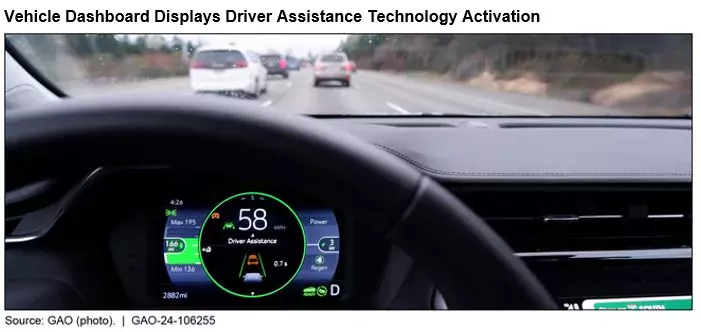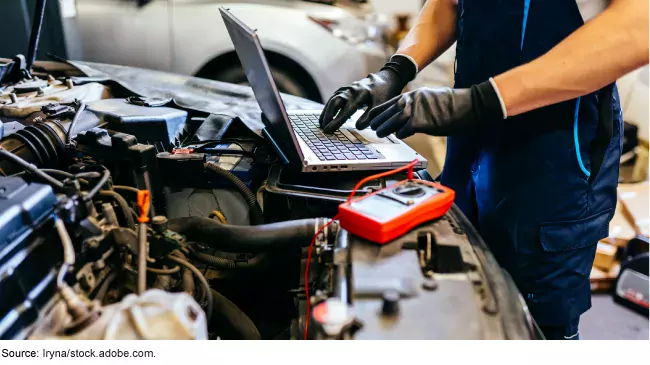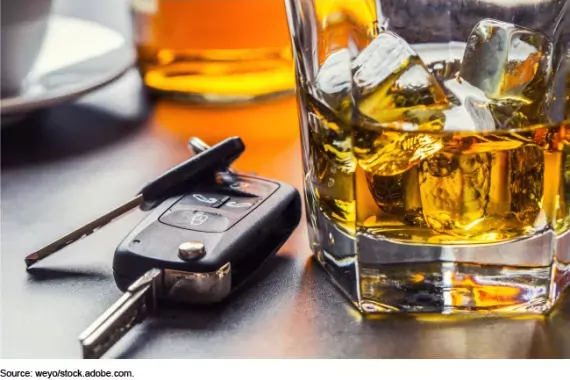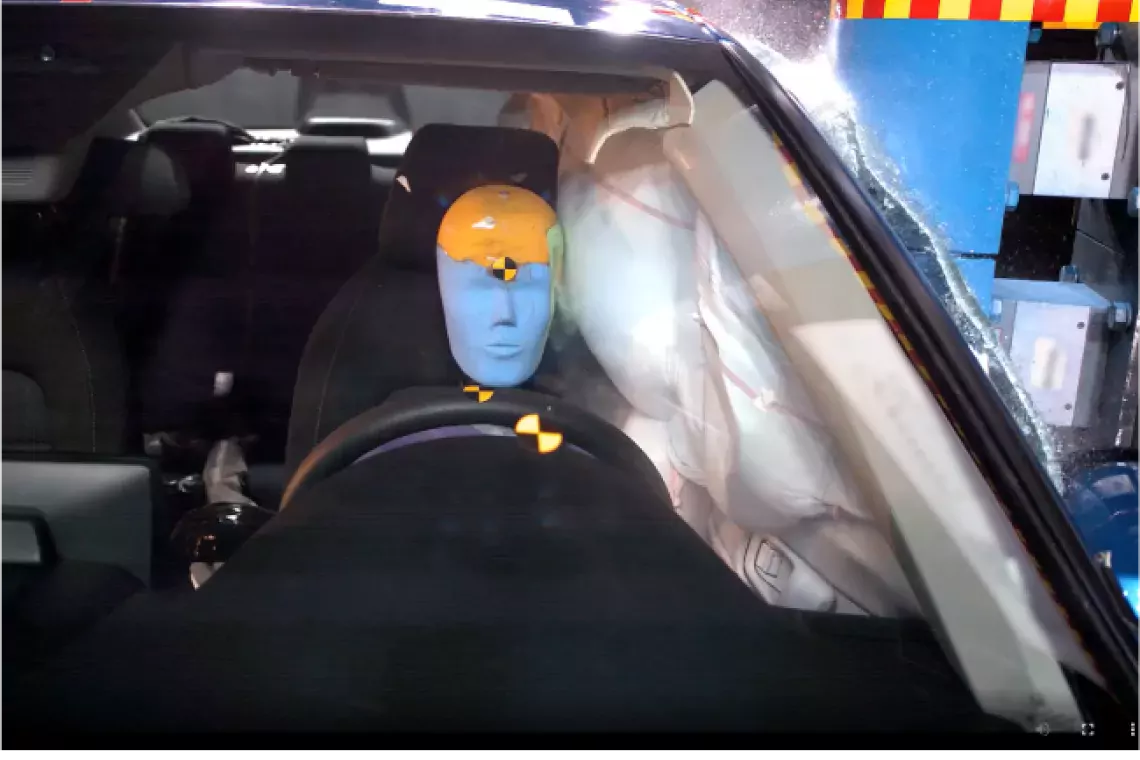If Used by Drivers Correctly, Advanced Vehicle Technologies Could Save Lives. But They Could Also Cost Owners More to Repair
New cars are increasingly equipped with advanced vehicle technologies that could help reduce crashes and fatalities. But drivers may turn off these technologies, may not understand the correct way to use them, or can over-rely on them, which could actually cause accidents. New technologies may also have another impact on car owners—they may mean owners can only get their vehicles repaired at dealerships and not be able to shop around for the best price.
Today’s WatchBlog post looks our new reports about advanced vehicle technologies and how changing vehicle technologies have affected consumers’ right-to-repair.
Image

Advanced vehicle technologies could save lives… when drivers use them correctly
Nearly 42,800 people died in motor vehicle crashes in the United States in 2022. Millions more were injured. Advanced vehicle technologies are designed to prevent crashes and support drivers. These include:
- Automatic emergency braking that uses sensors to determine if a frontal crash is imminent and the driver has not braked
- Lane departure warning that detects when the vehicle is crossing lane markings
- Blind spot intervention, which automatically brakes or steers the vehicle back into its lane
- Partial driving automation, which continuously controls both speed and steering with the driver’s supervision
While meant to prevent crashes, safety organizations have expressed concerns about consumers not understanding how to use these features and turning them off. Stakeholders we interviewed said that when drivers understand the technologies, they are more likely to use them as intended. But many drivers may not understand them. One study found that between 27% and 79% of consumers surveyed had a misperception about one or more of the crash avoidance technologies.
Some of these features may also lead drivers to believe they can pay less attention to the road and do other activities, such as texting or watching videos. But even with these technologies, driving still requires the full attention of the driver.
Part of the National Highway Traffic Safety Administration’s (NHTSA) mission is to educate the public on safety issues to help save lives and reduce crashes. NHTSA maintains a website with information on driver assistance technologies, which includes descriptions of how these systems work. But we found that there is little information about the intended use and limitations of systems that provide partial driving automation. Providing this information could help drivers better understand and use these systems. We recommended, among other things, that NHTSA take action on this issue.
Your local car repair shop might not be able to help with a high tech fix
As new cars are increasingly equipped with advanced vehicle technologies, drivers’ “right-to-repair”—their ability to choose where they take their car for maintenance or repairs—may decrease. For example, independent repair shops may not be able to make investments in the knowledge and equipment needed to repair advanced driver assistance systems. This may mean drivers’ only option is to take their cars to dealerships.
For consumers, decreased competition could mean you pay more for repairs. It may also mean you need to travel further if there’s no dealership in town. The auto repair industry is also concerned about this issue.
We spoke with industry and independent repair stakeholders about this issue. Ten out of 14 independent repair stakeholders told us that advanced technology may limit an independent technician’s ability to conduct some repairs. They also told us that advanced vehicle technologies, such as electric vehicles, may also make repairs more expensive and complex because they require additional knowledge, equipment, and other investments.
Image

The Federal Trade Commission (FTC) is taking steps to better understand potential vehicle repair limitations. Its efforts related to the vehicle repair market include steps to better understand consumer complaints.
Learn more about this issue by reading our full report.
- GAO’s fact-based, nonpartisan information helps Congress and federal agencies improve government. The WatchBlog lets us contextualize GAO’s work a little more for the public. Check out more of our posts at GAO.gov/blog.
GAO Contacts
Related Products

GAO's mission is to provide Congress with fact-based, nonpartisan information that can help improve federal government performance and ensure accountability for the benefit of the American people. GAO launched its WatchBlog in January, 2014, as part of its continuing effort to reach its audiences—Congress and the American people—where they are currently looking for information.
The blog format allows GAO to provide a little more context about its work than it can offer on its other social media platforms. Posts will tie GAO work to current events and the news; show how GAO’s work is affecting agencies or legislation; highlight reports, testimonies, and issue areas where GAO does work; and provide information about GAO itself, among other things.
Please send any feedback on GAO's WatchBlog to blog@gao.gov.





